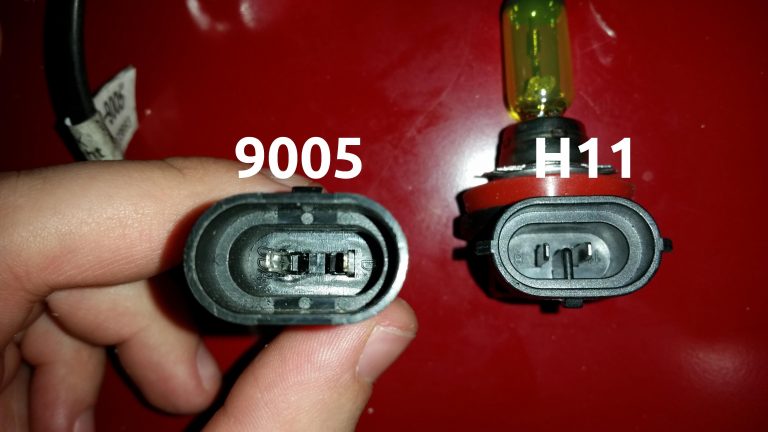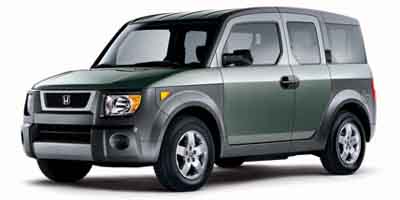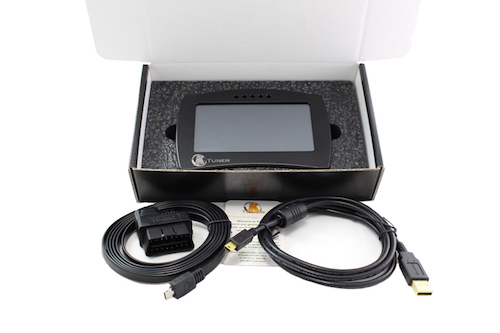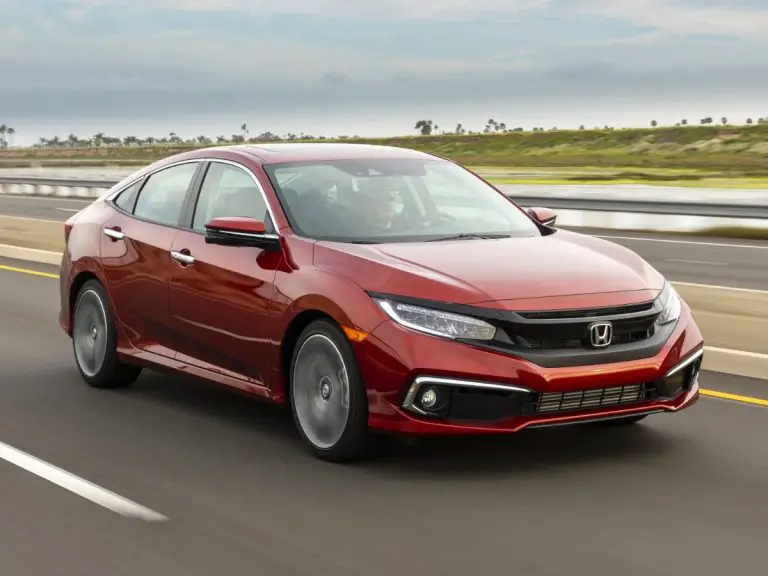When it comes to choosing a vehicle, there are many factors to consider. One important decision is whether to choose a front-wheel drive (FWD), rear-wheel drive (RWD), or all-wheel drive (AWD) model. So, what’s the difference between these drivetrains, and which one is right for you?
Front-wheel drive vehicles power the wheels in the front of the vehicle. This layout is typically more fuel efficient and offers better traction in rain and snow than RWD models. However, FWD cars can sometimes be less responsive and have less power than RWD cars.
Rear-wheel drive vehicles send power to the wheels in the back of the car. This setup often provides a more engaging driving experience thanks to improved acceleration and handling. However, RWD cars can be more difficult to control in slippery conditions and may not be as fuel efficient as FWD models.
All-wheel drive vehicles distribute power evenly to all four wheels. This results in excellent traction and stability no matter what the road conditions are like. However, AWD cars can be more expensive than FWD or RWD models and may use more fuel due to the extra weight of the AWD system.
Assuming you are talking about the Honda CR-V, there are a few key differences between the 2WD and AWD models.
The 2WD model is cheaper and gets slightly better gas mileage. It is also lighter and has a smaller turning radius, making it more maneuverable. However, the AWD model provides better traction and stability in all weather conditions, making it the better choice for those who live in areas with lots of snow or rain.
2WD versus AWD SUV: Which is best? | Auto Expert John Cadogan
Honda Crv Front Wheel Drive Vs All-Wheel Drive
There are a few key differences between front-wheel drive (FWD) and all-wheel drive (AWD) systems. Here’s a look at how they differ, and which might be right for your needs. An FWD car has its engine mounted over the front wheels.
Power from the engine is sent to the wheels through a transaxle. The weight of the engine is kept off the driven wheels, which helps increase traction. This layout is simpler and cheaper to manufacture than AWD, so most small cars and sedans are FWD.
An AWD car typically has its engine mounted in the middle of the vehicle, with power sent to all four corners through a complex system of driveshafts and differentials. This layout helps distribute weight evenly, providing better traction and handling on loose or slippery surfaces. However, it also adds weight and complexity, making it more expensive to build than FWD cars.
So, which is better? It depends on your needs. If you live in an area with lots of snow or off-road driving, AWD will give you better traction and control when conditions are tough.
If you mostly stick to city streets or highways, FWD should be just fine – especially if you’re looking to save some money on your purchase.
Honda Hr-V 2Wd Vs Awd
Assuming you would like an in-depth comparison of the Honda HR-V 2WD vs AWD: The HR-V comes in both two-wheel drive and all-wheel drive. So, which one is better?
It really depends on your needs and wants. Here is a detailed comparison of the two to help you make a decision.
Advantages of the 2WD: – Cheaper than AWD – Better fuel economy – Lighter weight so better performance
Advantages of the AWD: – More traction and stability in all weather conditions – Can tow more weight
Honda 2Wd Vs Awd
Most car buyers don’t know that there are different types of drivetrains. The two most common are front-wheel drive (FWD) and rear-wheel drive (RWD). There is also an all-wheel drive (AWD), which is available on some models.
So, what’s the difference between these drivetrains? Front-wheel drive vehicles have the engine and transmission up front, with the wheels driven by a shaft connected to the engine. Rear-wheel drive cars have the engine in the middle or back of the vehicle, with the wheels driven by a shaft connected to the rear axle.
All-wheel drive cars have both an FWD and RWD system, with power delivered to all four wheels. There are pros and cons to each type of drivetrain. FWD cars tend to be more fuel efficient because they’re lighter and have fewer moving parts than AWD or RWD vehicles.
They also tend to be better in snow and ice because weight is evenly distributed over all four tires. However, FWD cars can sometimes feel “nose heavy” because of where the engine is located, and they can be more difficult to control on slippery surfaces. RWD cars usually provide more power and handling than FWD vehicles because of where the engine is located.
They’re also typically better in dry conditions since weight is biased toward the rear tires for traction purposes. However, RWD cars can be more difficult to handle in slippery conditions since they don’t have as much weight over their front tires for traction purposes. They can also require more maintenance since there are more moving parts involved in delivering power to the rear wheels.
AWD cars offer many of the best features of both FWD and RWD vehicles. They tend to be great in all driving conditions thanks to their four-wheel traction, but they can also come with increased fuel costs and maintenance requirements since they have two separate drivetrains powering all four wheels.
Honda Cr-V Fwd in Snow
If you’re considering a Honda CR-V for your next vehicle, you might be wondering how it performs in snow. After all, many people use SUVs and crossovers for winter weather driving. The good news is that the CR-V handles quite well in the snow.
The key to the CR-V’s success in snowy conditions is its front-wheel drive system. This gives the vehicle added traction and helps it to maintain a grip on slippery surfaces. In addition, the CR-V has a relatively low center of gravity, which enhances stability.
Finally, the electronic stability control system kicks in when needed to help keep things under control. So if you’re looking for a vehicle that can handle winter weather driving, the Honda CR-V should definitely be on your list.
Read also: Top 10 Best Tires For Lowered Cars In 2025
Is Awd Good for Hills?
Awd is not necessarily good for hills. It all depends on the type of terrain and how steep the hill is. If you’re driving on a flat surface, then AWD will provide better traction and stability.
However, if you’re driving up a very steep hill, then AWD may not be as beneficial because it can cause your vehicle to slip and slide.
Honda Passport 2Wd Vs Awd
Assuming you would like an in-depth comparison of the Honda Passport 2WD vs AWD: The Honda Passport is a big and stylish SUV that’s available with front- or all-wheel drive. There are two different engines available on the 2020 model: a standard 3.5-liter V6 engine or an optional turbocharged 2.0-liter four-cylinder.
The V6 engine is plenty powerful, but the turbocharged four-cylinder is more fuel efficient. If you’re considering a Honda Passport, you might be wondering whether to get the 2WD or AWD version. Here’s a detailed look at the differences between these two models so you can decide which one is right for you.
One of the main differences between the 2WD and AWD versions of the Honda Passport is how they handle different types of weather and road conditions. The 2WD model is fine in most situations, but if you live in an area with a lot of snow or off-road driving, then the AWD model will be better suited to your needs. It’s also worth noting that the AWD system adds about 100 pounds to the vehicle’s weight, which can impact fuel economy slightly.
Another difference between these two models is price. The base model 2020 Honda Passport 2WD starts at $31,990, while the AWD version starts at $33,490. So, if you’re looking to save some money, going with the 2WD option might be your best bet.
Finally, there are some slight differences in terms of features and equipment between these two models. For example, only the AWD version comes standard with LED headlights and fog lights; on the 2WD model, these are optional extras. Similarly, only certain trims of each model come with features like heated seats and wireless phone charging; again, this depends on which trim level you choose within each model type (2WD or AWD).
What is Real-Time Awd?
Real Time AWD is a type of all-wheel drive that is typically found on high-performance vehicles. It is a system that allows the engine to send power to all four wheels at the same time, instead of just two. This helps to improve traction and stability, especially when cornering or driving in adverse conditions.
Is Honda Awd Good?
Assuming you would like a blog post discussing the Honda AWD system:
The Honda AWD system is a very good all-wheel drive system. It is a full-time all-wheel drive system that is always engaged and ready to help when needed.
The front and rear axles are connected with a center differential, which allows the power to be evenly distributed to all four wheels.
This helps give the driver better traction and control, especially in slippery or off-road conditions. The Honda AWD system is also very reliable and has been known to last for many years without any major issues.

Credit: www.germainhondaofdublin.com
Is It Better to Have Awd Or 2Wd?
There are a few things to consider when trying to answer the question of which is better, AWD or 2WD. One thing to think about is what type of terrain and weather conditions you’ll be driving in most often. If you live in an area with lots of snow and ice, then AWD would probably be the best choice for you.
However, if you live in an area that doesn’t see much snow and ice, then 2WD might be just fine. It really all depends on your specific needs and wants. Another thing to consider is how much money you’re willing to spend.
Generally speaking, AWD vehicles tend to cost more than their 2WD counterparts. So, if the price is a major factor for you, then 2WD might be the way to go. At the end of the day, there’s no right or wrong answer when it comes to choosing between AWD or 2WD.
It’s all about what works best for you and your situation.
What is the difference between a Honda Cr-V Fwd And Awd?
Assuming you are referring to the Honda CR-V model years 2007 and newer: The main difference between the FWD (Front Wheel Drive) and AWD (All Wheel Drive) models is that the AWD has an extra drive shaft and differential. The AWD also weighs about 150 pounds more than the FWD.
Both models have identical engines and transmissions. The CR-V FWD comes standard with a 2.4 liter, 16 valve DOHC i-VTEC 4 cylinder engine that produces 185 horsepower at 7,000 rpm and 163 lb.-ft of torque at 4,400 rpm.
The transmission is a 5-speed automatic with Grade Logic Control. The CR-V AWD comes standard with the same 2.4 liters, 16-valve DOHC i-VTEC 4-cylinder engine that produces 185 horsepower at 7,000 rpm and 163 lb.-ft of torque at 4,400 rpm.
The transmission is also a 5-speed automatic with Grade Logic Control; however, it has an extra drive shaft and differential which makes it heavier than the FWD model by about 150 pounds.
Is a Front-Wheel Drive Cr-V Good in Snow?
Assuming you are referring to the Honda CR-V, then yes, a front-wheel drive CR-V is good in snow. The CR-V comes standard with front-wheel drive, and all-wheel drive is available as an upgrade. Either way, the CR-V is equipped with Honda’s Real Time All Wheel Drive with Intelligent Control System™ (AWD), which gives it excellent traction and stability in slippery conditions.
The CR-V’s AWD system constantly monitors wheel speed, throttle position, and steering angle, and adjusts power delivery to the wheels accordingly. If it detects that one or more of the wheels is slipping, it will automatically send more power to the other wheels for better traction. This makes the CR-V very capable in snow and other challenging road conditions.
So if you’re looking for a vehicle that can handle winter weather well, the Honda CR-V should be at the top of your list.
Is Cr-V Awd Always On?
CR-V AWD is not always on. The system will automatically engage when needed, such as when starting from a standstill on a slippery surface. Otherwise, the CR-V will remain in 2WD mode to save fuel.
Conclusion
Talking about the Honda CR-V, a 2WD vs AWD comparison: 2WD stands for two-wheel drive. This means that your car will have power going to the wheels on either side of the vehicle, but not all four.
The benefits of a 2WD car are that they are typically cheaper and get slightly better gas mileage than an AWD car. They also tend to be lighter and more nimble, making them easier to handle on the road. However, in bad weather conditions or when driving on rough terrain, a 2WD car can be more difficult to control.
AWD stands for all-wheel drive. This means that your car will have power going to all four of its wheels at the same time. The benefits of an AWD car are that they provide better traction and stability in all driving conditions, whether it be good or bad weather, smooth or rough roads.
They can also tow heavier loads than a 2WD car.





